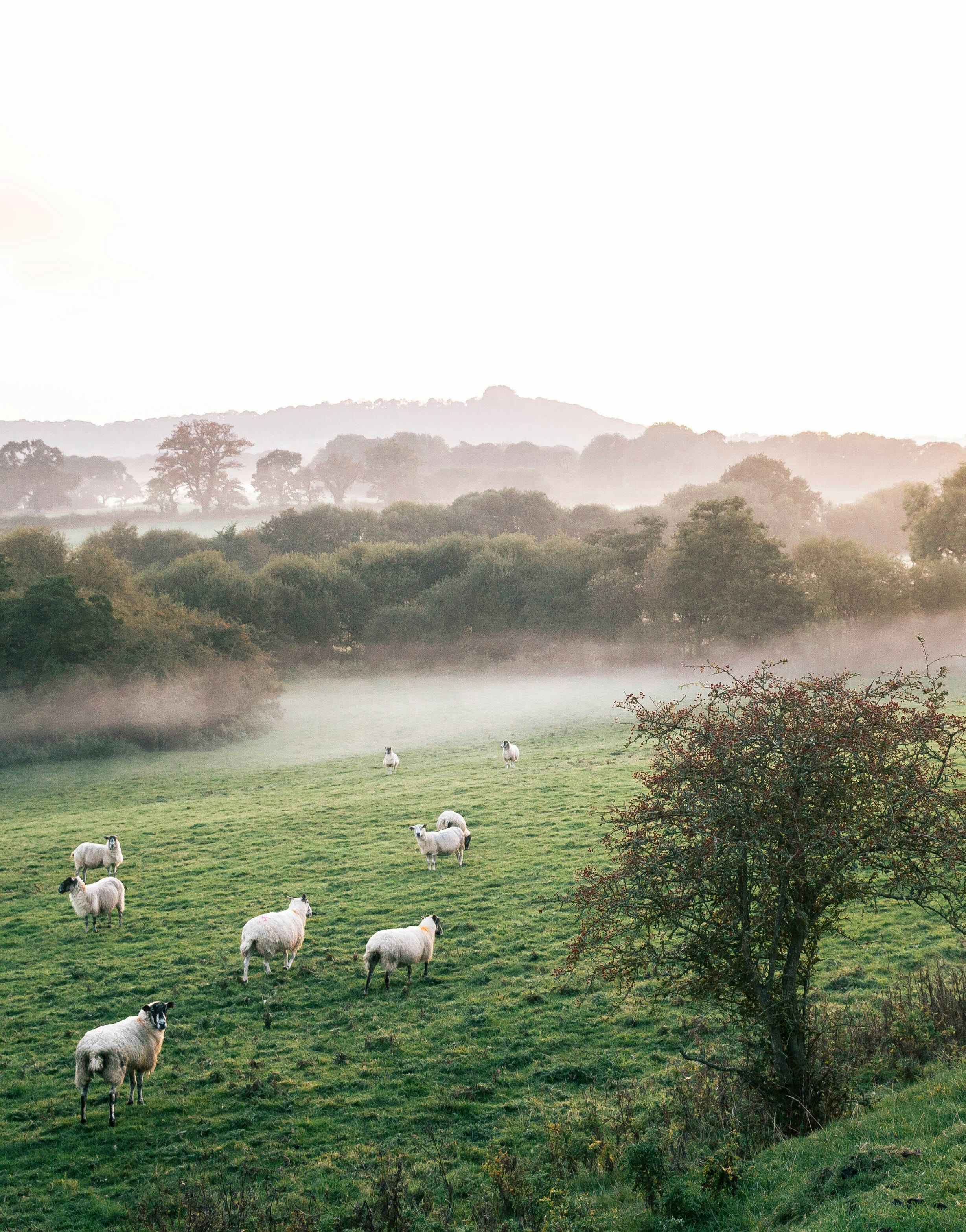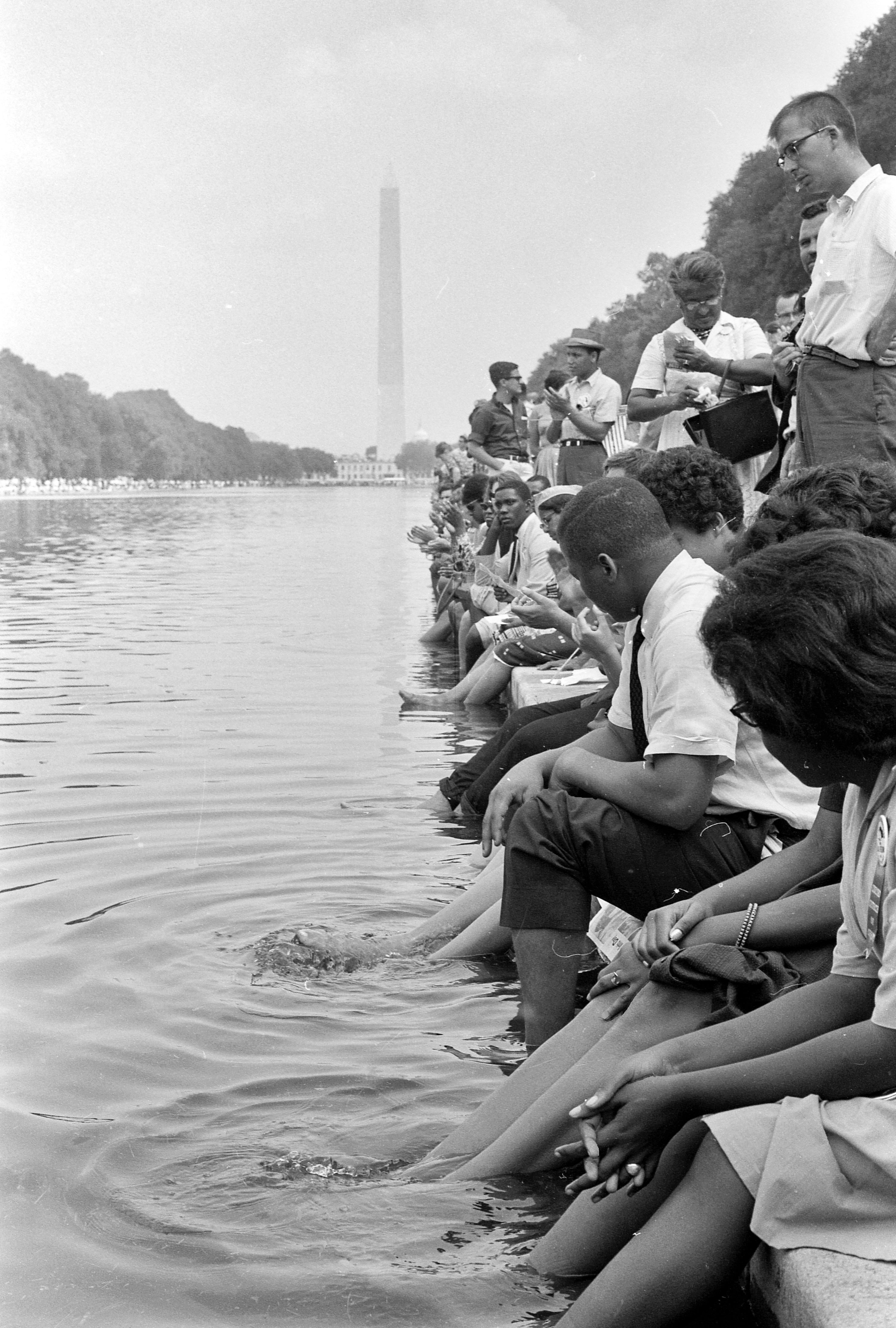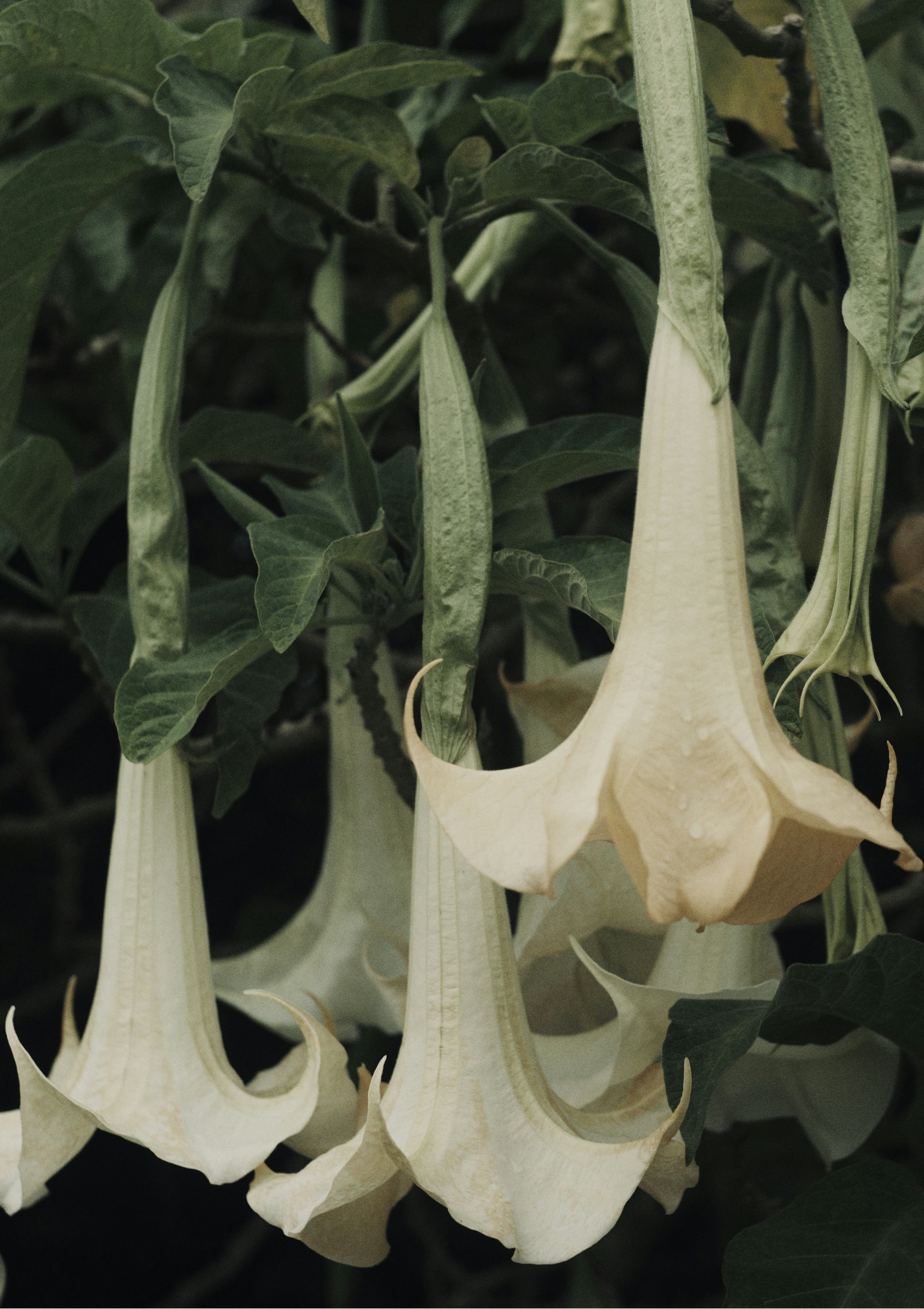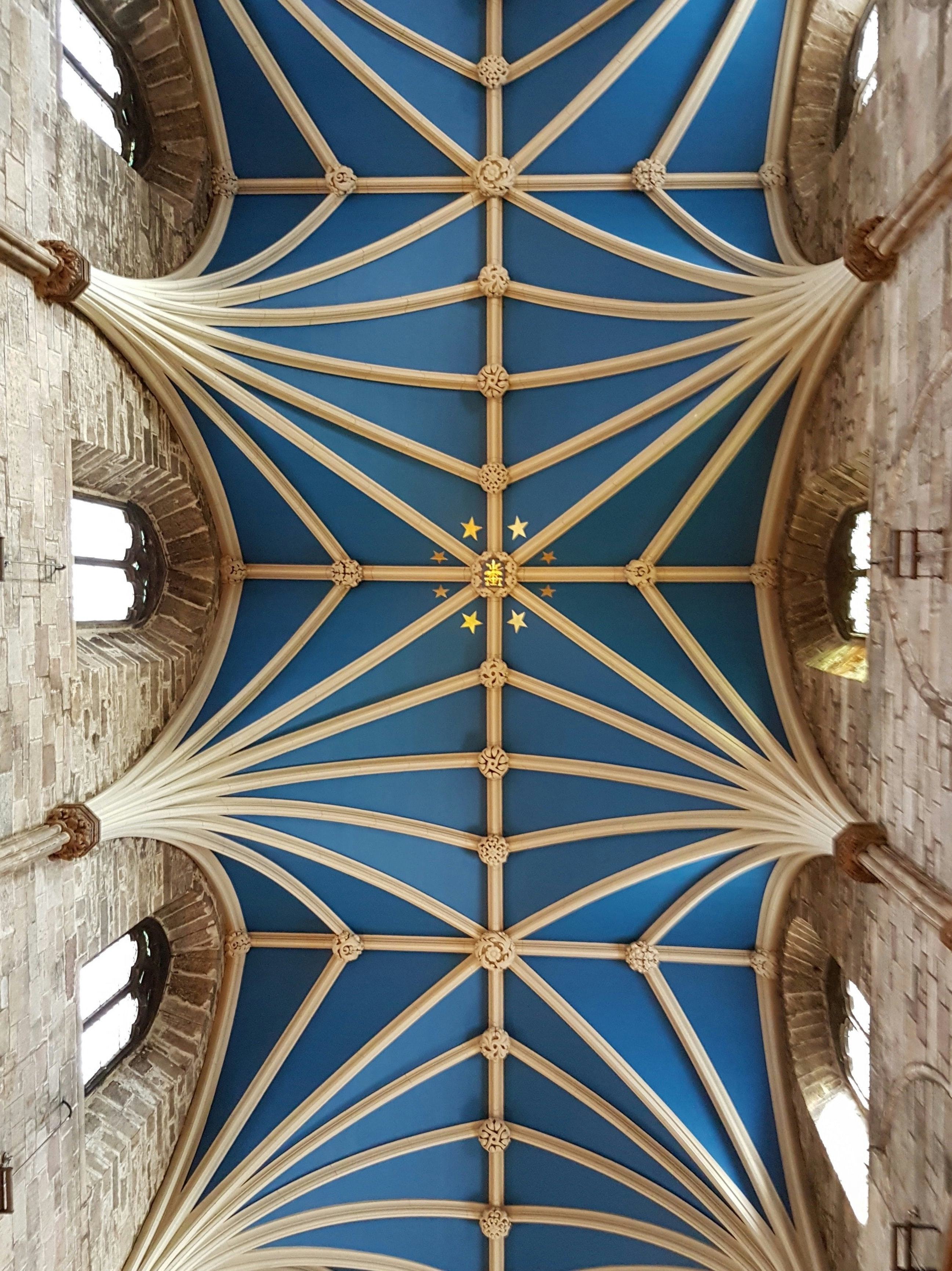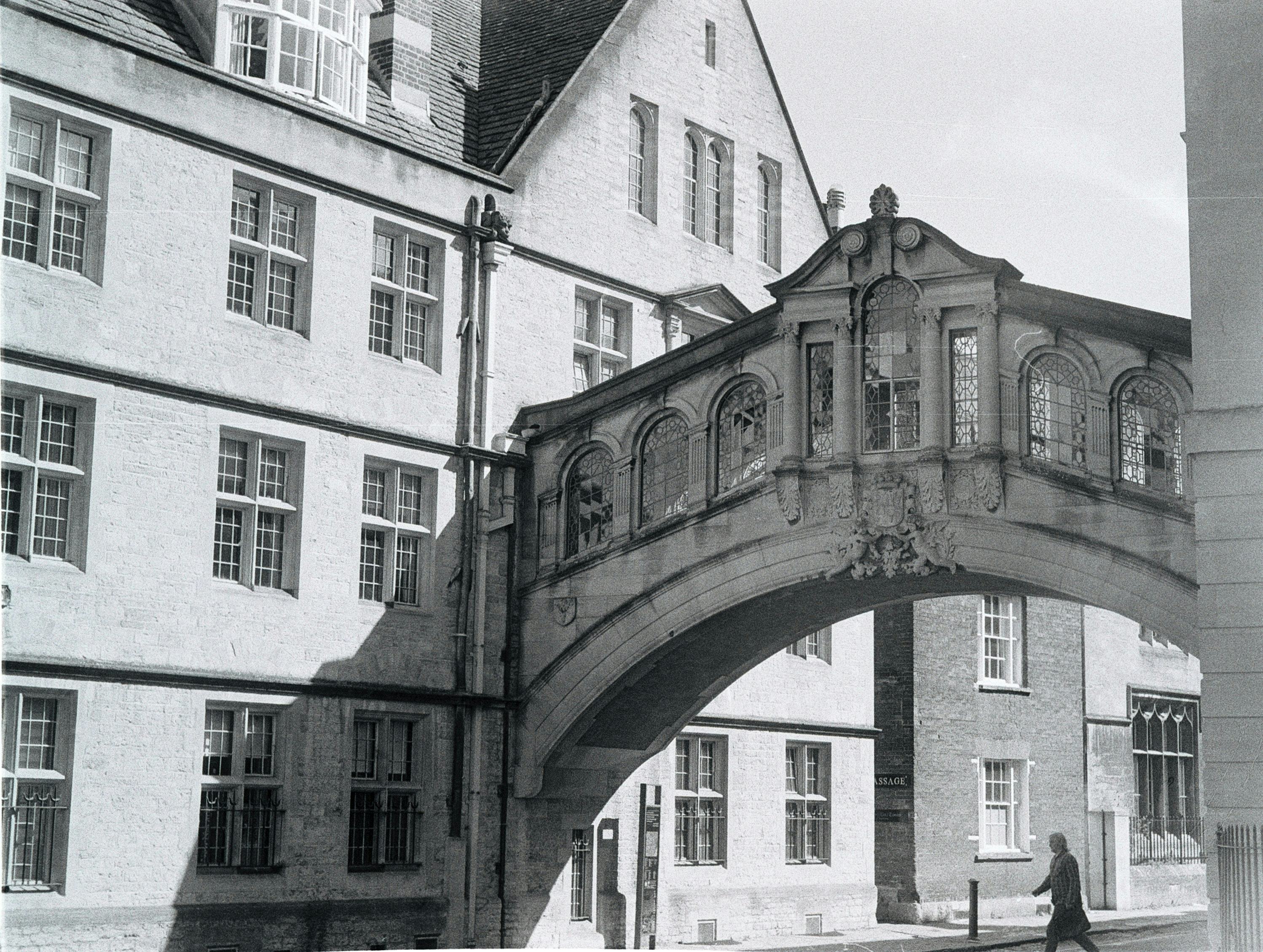On Beauty and Faith: An Interview with Alabaster Co-Founder Bryan Ye-Chung
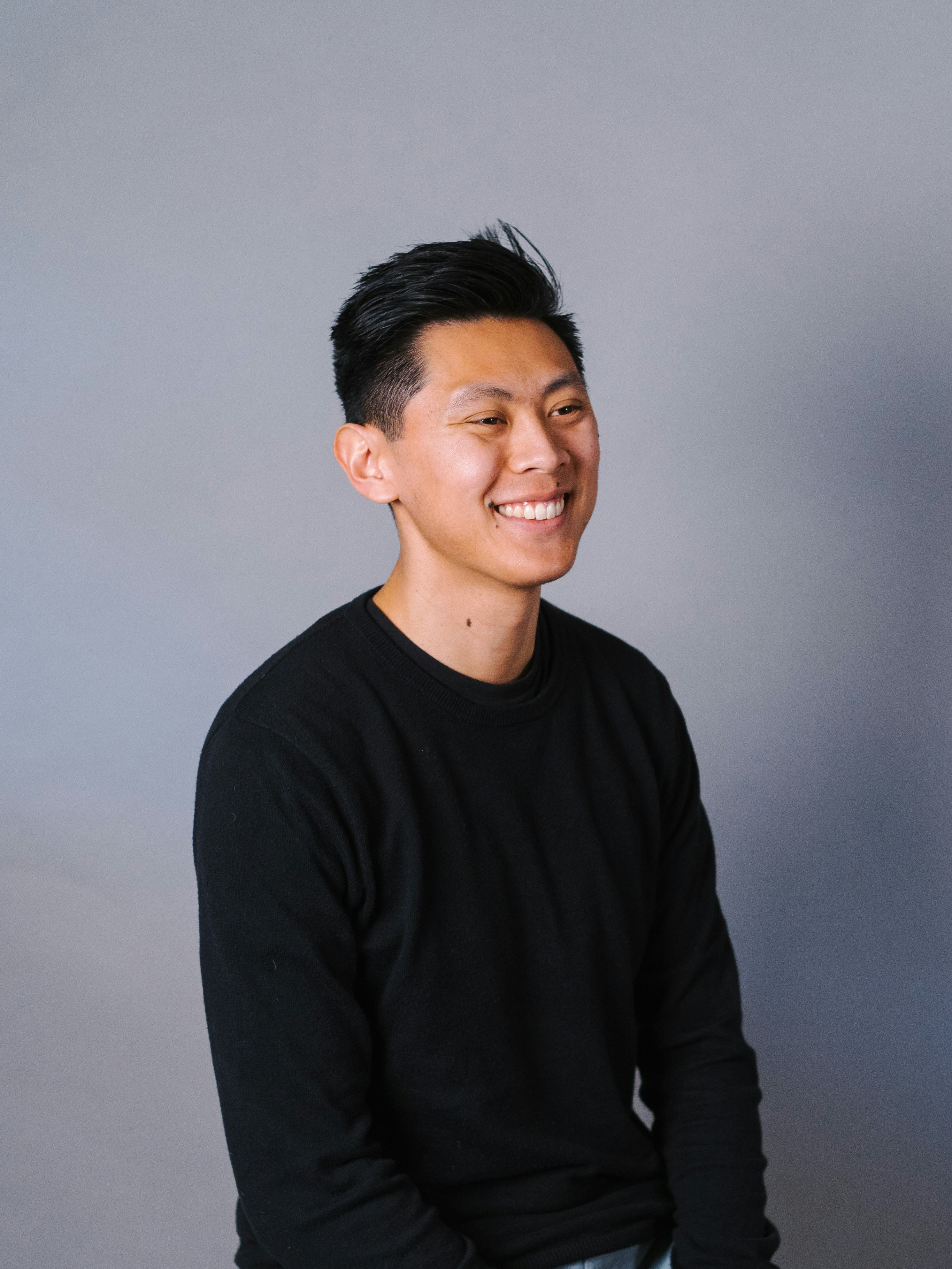
Alabasteris a Christian company dedicated to “creativity, beauty, and faith.” Founded by Bryan Ye-Chung and Brian Chung, Alabaster produces books of the Bible, texts on subjects at the intersection of art and faith, and guides, like the recent,All That Is Made.
Bryan and I spoke over Zoom about his personal faith, art and religion, human flourishing, and more. In our searching conversation, Bryan illuminated how beauty thickens our understanding of God and how Shalom (the Hebrew word for wholeness) helps us envision flourishing and healing for our communities.
Where did you grow up and what was the cultural context of your childhood?
I grew up in Torrance, California, a beach city just south of LA. I’m Asian American. I grew up a third generation Asian American. Well, third generation on my mom’s side and sixth generation on my dad’s side.
It wasn’t something that I was cognizant of growing up, but later on, I realized that I went to a predominantly Asian school and most of my friends were second generation and that there were maybe some interesting cultural differences there. I started to articulate those things when I got to college, which is connected to my faith experience in college. I realized that faith practice within the Christian world is different within different cultures. The Christian experience is not monolithic.
My experience connected with my faith was much more of an Asian experience than I maybe thought when I was in it, in high school. And then coming to college, I guess my mind being a little more open to these different experiences of the Christian faith.
Was Christianity always an important part of your life, or is faith something which crystallized for you in college?
I didn’t grow Christian. I think my dad grew up going to an Episcopalian church, but we didn’t really go to church. We would go maybe once a year, once every two years, for Christmas or Easter.
The first time I really experienced Christianity was through a friend in high school. His name was Tim and we just became really good friends. Tim was very Christian and had a carefree attitude about life and general positive energy around him. I became interested in what made him tick, so I started going to his youth group.
I wouldn’t say there was a specific moment where it suddenly clicked for me. I just started going and continued to think of ways that Christianity could be a part of my life.
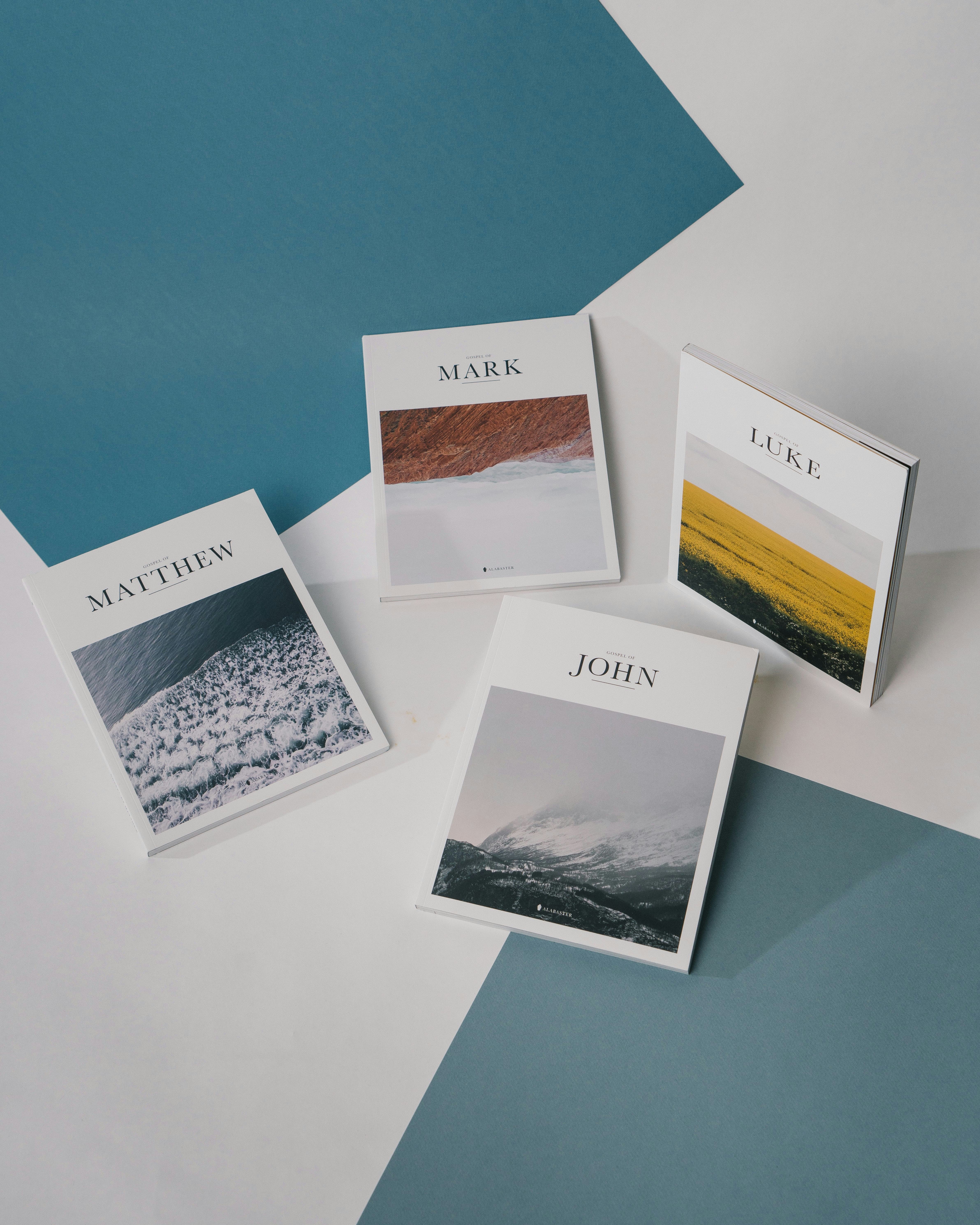
How did Alabaster begin? What were those early conversations were like, and what was your motivation for founding the company?
It started in my senior year at the University of Southern California. My co-founder, Brian, was my mentor. We were both part of our college ministry, and he was on staff there. I was studying animation – art and film.
At the time, I was very interested in thinking about ways to integrate my art and faith. Traditionally, for at least the vast majority of the Christian population, the way we experience faith is through three primary literary formats – word-based formats. You’re reading the Bible. You’re singing worship songs, which usually have words. Or you’re listening to someone preach or give a sermon.
As a visual person, I’ve always been interested in thinking about if there were other ways we could experience God. A lot of that comes back to my family history. I really looked up to my grandfather, who was not a very talkative person, but always had a visual knack to him. He did a lot of calligraphy art.
I read this really interesting book, Real Life by James Chong. He outlines a four-generational cycle: how each generation’s cultural background and experience leads them to a specific spiritual question that leads them to Jesus. For the baby boomers, the question was, “what is true?” He talks about how apologetics were really big in that generation. For Gen X, the question was, “what is real?” For millennials, the question is, “what is good?” I’m a millennial, and we care a lot about justice issues, the things happening in our country and world right now. He predicts that the next question for even younger generations will be, “what is beautiful?? And that was what really stuck with me. We live in a visual culture now, where everyone consumes more visual media than anything else. We all have smart phones with cameras, all those things. As an artist, that really resonated with me.
I was talking about it one day with the other Brian, we were thinking about what that could look like in a faith-based brand or context. Brian felt we should start with the Bible. Brian didn’t grow up Christian either. He grew up in a Buddhist household, came to college agnostic, and then got his first Bible. For him, it was a crazy experience.
The traditional Bible is unlike anything else we read: the pages are super thin, everything is super condensed. So we were thinking, “how could we make this a more visual experience? How would that change how the reader reads the text? How could we change the craftsmanship and the design of it as well?”
In a similar vein, what do you hope readers gain from engaging with the Bible in this way? What do you hope it evokes within them?
For us, it’s about offering a new experience and evoking a response. I don’t think we’ve ever really been concerned if it’s been a positive or negative response. What happens when you see a piece of art? You respond, somehow. The response can be negative or positive, but at least you’re responding to it.
Another way to look at it is, we are making the Bible a little more accessible. We’ve found through creating our products, we’ve changed the location the Bible within a person’s home. Traditionally, the Bible might be on the bookshelf, but because we’ve added a visual element, our products are placed on the coffee tables.
It’s been interesting to think about how putting the Bible in that space, changes the way that you interact with it. It also changes the way that people that you have over interact with the Bible and the conversations which can start from there.
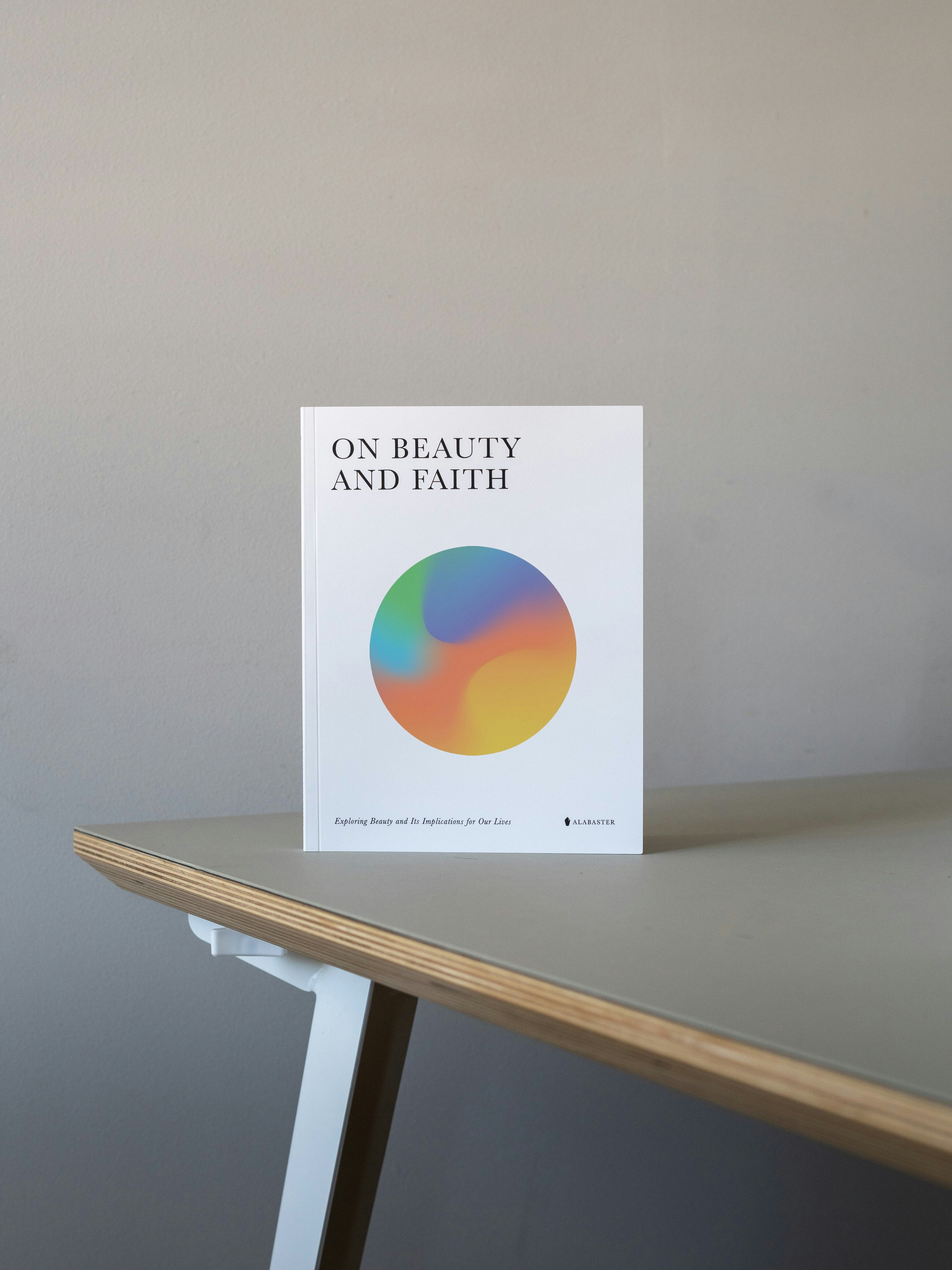
How do you see beauty as essential to faith and a flourishing faith life?
The question of beauty first came in a more concentrated focus for me when I started reading, and apparently this theologian is controversial, Hans Urs von Balthasar and his work The Glory of the Lord: A Theological Aesthetics. He claims there are three tenets of God: beauty, goodness, and truth. He argues that, as a Christian culture, we have become really good at describing God as “good” and describing God as “true,” but we’re really bad at describing God as beautiful because that word beauty is so elusive and potentially seductive.
“Beauty” has all these qualities that, for a large subset of Christian culture, are hard to discuss, but he argues, without beauty, truth loses its cogency, and goodness loses its reason for being. Why do anything, if it’s not for the ultimate purpose of flourishing and Shalom. Beauty has become central to my life, my experience of God, and my continued pursuit of what I’m hoping to do with my faith.

For this series, I’m working with Frederick Buechner’s definition of vocation: “The place God calls you to is the place your deep gladness and the world’s deep hunger meet.” How does this definition of calling resonate with your own discernment?
“Calling” has always been an interesting word to me. I wonder how much of the word “calling” has become an American idea. One of our mentors recently told me, one of his core beliefs is to choose being over doing. He talked about how, as a Christian culture, we have become very good at doing, especially in America, especially in the West. It is what we are good at. We produce. We make things.
I’m a byproduct of that world, so I’m not dissing it in any way, but it’s interesting how that culture can become intermixed with our Christianity. Christianity doesn’t exists in a vacuum. It’s always part of your culture experience as well, or it’s informed by your cultural experiences. I think the idea of calling can very quickly become enwrapped in this idea of doing. Calling and doing: I just want to do things, so just tell me what I’m called to do.
As opposed to this idea of being, which I think is maybe much more wrapped in Eastern culture. What are the two most important commandments? Love God, and love thy neighbor. Let that be
your focus, and everything else will just fall into place. That’s where I’m at today, in my life, as it is today. Don’t get me wrong, I’m a doer. I don’t think you can run a business without executing and making things happen every day, but it’s also important to just be and trust God.
This interview has been edited for length and clarity.
Sarah James is the editor-in-chief and founder of Clerestory Magazine.
Discover more from Sarah James.
